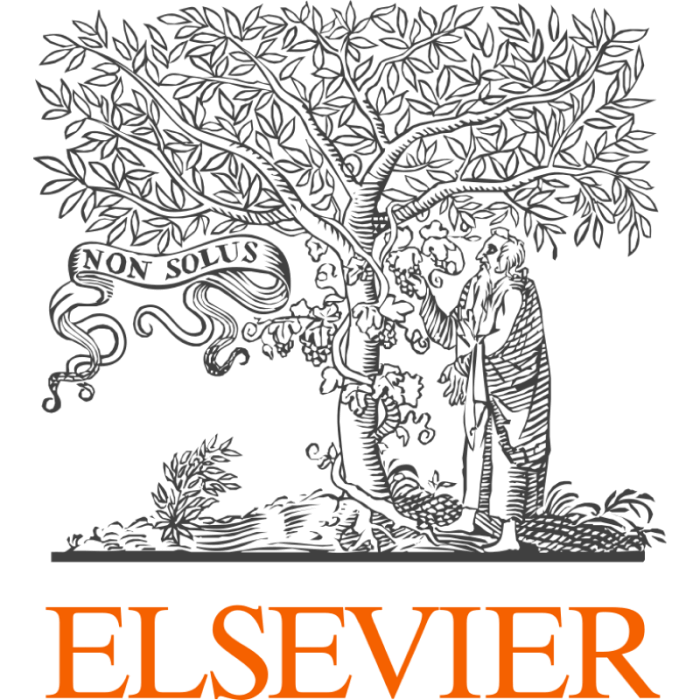Analytica Chimica Acta, volume 1245, pages 340880
A membrane/mediator-free high-power density dual-photoelectrode PFC aptasensor for lincomycin detection in milk and chicken
Zhongpu Wen
1, 2
,
Lei Ding
1
,
Zhijun Meng
1
,
Fuheng You
1
,
Ruishuang Yuan
1
,
Jie Wei
1
,
Jing Qian
1
,
Kun Wang
1
Publication type: Journal Article
Publication date: 2023-03-01
Journal:
Analytica Chimica Acta
scimago Q1
wos Q1
SJR: 0.998
CiteScore: 10.4
Impact factor: 5.7
ISSN: 00032670, 18734324
Biochemistry
Spectroscopy
Analytical Chemistry
Environmental Chemistry
Abstract
Over use of lincomycin (LIN) as antibiotic in animals can lead to multiple harmful impacts to public health, thus detection of LIN at trace level in milk and chicken sample matrixes is vital. In this work, Zinc phthalocyanine nanoparticles sensitized MoS2 (ZnPc/MoS2) was firstly developed as a novel photocathode material combined with nitrogen-doped graphene-loaded TiO2 nanoparticles (TiO2/NG) as photoanode material to construct a dual-photoelectrode photofuel cell (PFC). The as-prepared membrane/mediator-free PFC achieved excellent output performance that the maximum power density (Pmax) reached 11.83 μW cm-2. Specific aptamers are adopted as LIN recognition elements, the as-proposed self-powered aptasensor for LIN exhibited a linear scope in 10-11 -10-5 mol L-1 along with a low detection limit (3S/N) of 3.33 pmol L-1. Consequently, such high-power density dual-photoelectrode PFC aptasensor may be a reassuring candidate electrochemical sensor for the detection of trace contamination in food samples.
Nothing found, try to update filter.
Are you a researcher?
Create a profile to get free access to personal recommendations for colleagues and new articles.







